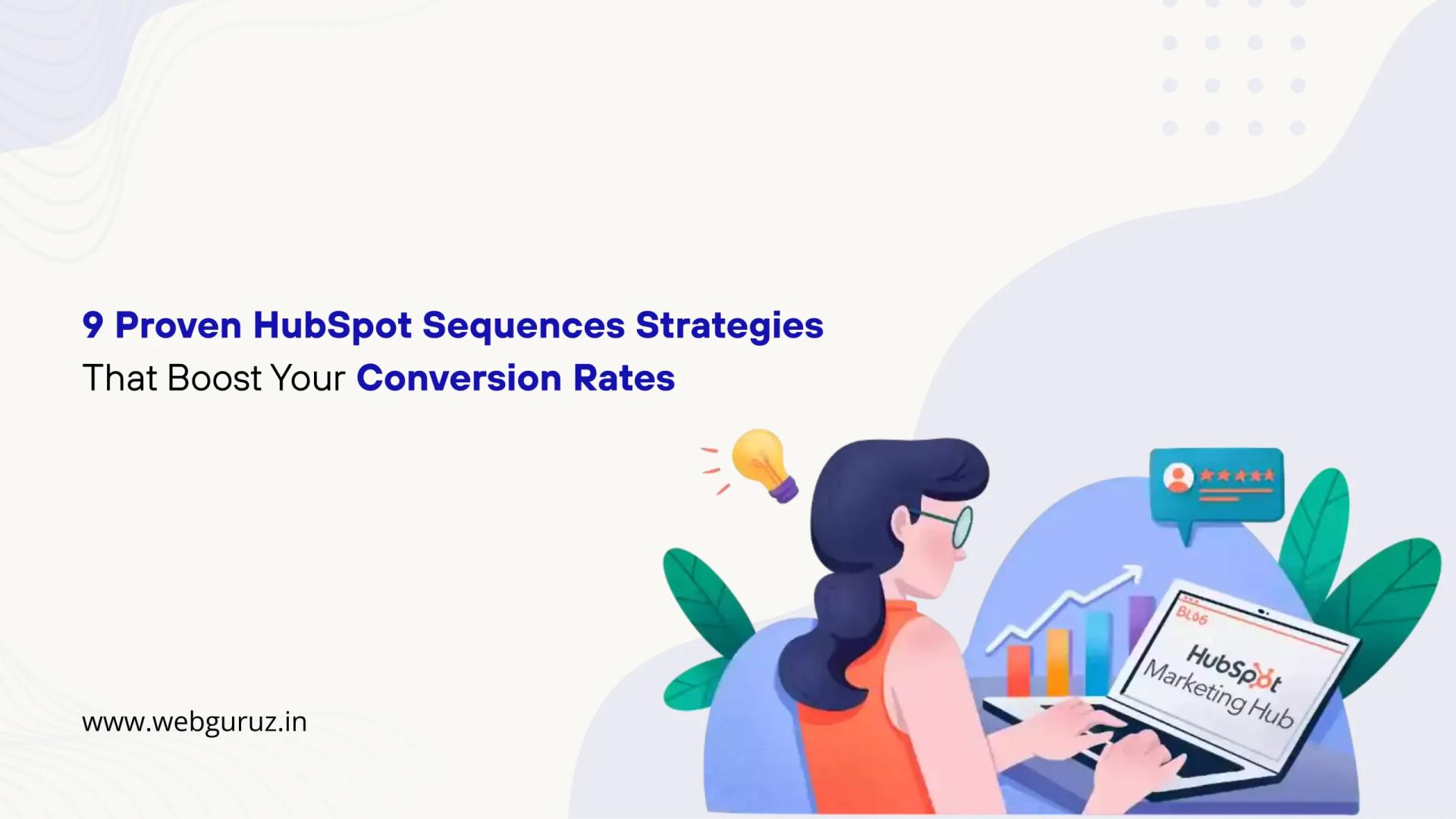Dilpreet Kaur
2025-12-25
7 min read
Top eCommerce Development Companies in the USA for 2026
Finding the right partner can make or break your online business.
Read More
actually offers. HubSpot’s marketing automation platform is designed to help businesses streamline their marketing efforts, nurture leads, and improve customer relationships- all from one central hub.
HubSpot’s marketing automation tools include email marketing, lead management, social media scheduling, website analytics, and much more. What sets HubSpot apart is how these tools seamlessly integrate with each other and with HubSpot’s free CRM. This means your marketing, sales, and customer service teams can all work from the same platform with consistent data.
According to HubSpot’s 2023 State of Marketing Report, businesses that use marketing automation see a 14.5% increase in sales productivity and a 12.2% reduction in marketing overhead. These numbers suggest that a well-implemented marketing automation solution can deliver significant value to your business.
providers. HubSpot’s Partner network includes agencies that specialize in migration services and can help ensure a smooth transition.

Dilpreet Kaur
2025-12-25
7 min read
Finding the right partner can make or break your online business.
Read More
Dilpreet Kaur
2025-12-25
7 min read
Sending emails and hoping for the best isn’t a strategy.
Read More
Dilpreet Kaur
2025-12-25
7 min read
Finding the right digital marketing agency can feel overwhelming. With thousands of options out there, how do you know which one will actually help your business grow?
Read More